Birthmarks
The Importance of Monitoring Birthmarks for Skin Health
A birthmark is a benign skin irregularity caused by the overgrowth of blood vessels, pigment-containing cells, smooth muscles, or fat cells. While most birthmarks are harmless, it is important to have them assessed by a dermatologist to ensure they remain benign and do not pose any health risks.
In rare cases, certain birthmarks can change over time and develop into potentially dangerous lesions, including skin cancer. For this reason, having your birthmarks regularly evaluated by a dermatologist is crucial. Their expertise allows for the early detection of any concerning changes and ensures timely and appropriate treatment if needed.
Regular check-ups and monitoring by experienced dermatology professionals are essential for effectively managing birthmarks and maintaining overall skin health. Prioritizing these evaluations can help safeguard your well-being and provide peace of mind.
Examples of Birthmarks
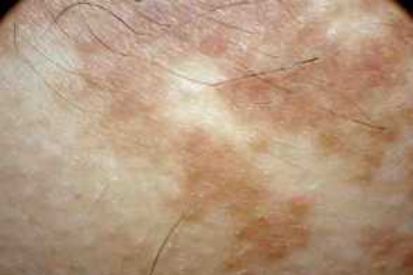
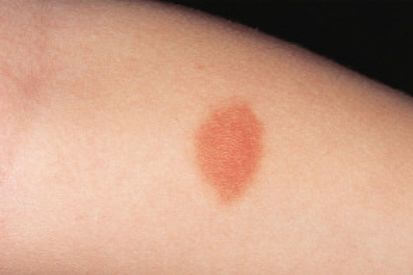
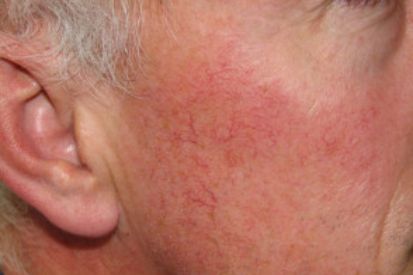
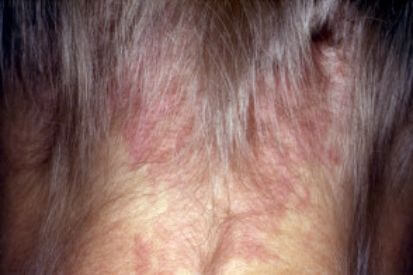
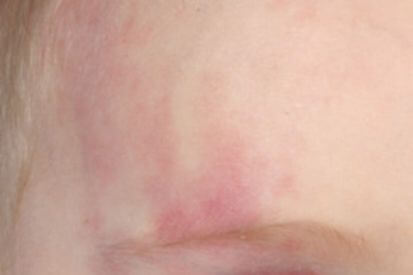
What are the Symptoms of a Birthmark?
- Can be flat or raised, exhibiting regular or irregular borders, and varying shades.
- Typically emerge at or shortly after birth.
- Some may have a reddish-purple appearance.
- Others may appera as light brown patches on the skin.
Causes of Birthmarks
- Birthmarks result from variations in the development of skin cells or blood vessels during fetal growth.
- Vascular birthmarks are caused by irregular blood vessel formation.
- Pigmented Birthmarks result from an overgrowth of pigment cells.
- The precise cause of these variations is not always clear, but genetic factors likely play a role.
Birthmark Prevention
Birthmarks may manifest hours, days, or even weeks after birth. They can occur in both male and female infants of any ethnicity. There are no established preventive measures for birthmarks; they are genetic, and certain individuals are predisposed to them.
Birthmark FAQs
Yes, birthmarks can change in appearance, particularly during childhood. Vascular birthmarks, such as hemangiomas, often grow quickly within the first year of life and then gradually diminish as the child ages. Similarly, pigmented birthmarks, like moles, can alter in color or size over the years.
Although most changes in birthmarks are harmless, it's important to keep a watchful eye on them. Any sudden or significant alterations, such as rapid growth, changes in color, or shifts in shape, should be examined by a dermatologist. This early evaluation is crucial to detect and address any potential concerns, including the rare chance of malignant transformation.
Regular visits to a dermatologist are key to maintaining healthy skin and ensuring any changes in birthmarks are properly monitored. Consulting with a skin care specialist not only provides reassurance but also guarantees that any necessary treatments can be administered promptly, supporting overall skin health and well-being.
The development of birthmarks can indeed be influenced by genetics. Certain types of birthmarks, such as café-au-lait spots or specific nevi (moles), may have a hereditary component, indicating that they can be passed down through families. However, having a birthmark does not mean that other family members will necessarily have the same type of birthmark.
It's also important to understand that birthmarks can appear spontaneously, even without any genetic history. This means that new birthmarks can develop independently of familial traits. The exact reasons behind the formation of birthmarks remain unclear, as they can result from a combination of genetic and environmental factors.
Often, birthmarks are harmless and don't need to be taken off. However, there are times when removal might be the best option.
Many people choose to remove birthmarks for cosmetic reasons, especially if the mark is in a visible area and affects their confidence. Additionally, some birthmarks can cause physical discomfort, particularly if they are raised and get irritated by clothing or frequent friction.
In some cases, medical concerns necessitate removal. If a birthmark carries a risk of complications, like potentially developing into skin cancer, or if it starts changing rapidly in size or color, a dermatologist may recommend removal to ensure safety.
Several methods exist for removing birthmarks, including laser therapy, surgical excision, and other specialized procedures. The best method depends on various factors such as the type, size, and location of the birthmark, as well as the individual's health and personal preferences.
It's essential to consult with a dermatologist to determine the most suitable approach. They can thoroughly evaluate the birthmark and suggest the best treatment options, ensuring that the procedure is safe and effective.
If you have multiple birthmarks, observe any changes in their appearance, or have a personal or family history of skin cancer, it is advisable to consider a total body skin exam by a dermatologist. This comprehensive examination is crucial for monitoring unusual or evolving birthmarks, aiding in the early detection of potential skin issues like melanoma. While self-examinations can be helpful, a professional skin exam offers a more thorough assessment and expert insight. Dermatologists can identify subtle changes and characteristics that may be overlooked during self-checks, providing peace of mind and ensuring that any concerning marks are properly evaluated and managed. Scheduling a full-body skin exam is a proactive step towards maintaining good skin health, catching potential problems early, and receiving personalized care tailored to your specific needs.
Sunscreen is highly advisable for birthmarks, especially those that are exposed to the sun. Birthmarks, particularly pigmented ones like moles or café-au-lait spots, can be sensitive to UV radiation, which may increase the risk of skin cancer over time.
Applying sunscreen with a high SPF can help protect these areas from harmful UV rays, reducing the likelihood of sunburn and minimizing the potential for changes in the birthmark’s appearance. Additionally, for vascular birthmarks, such as hemangiomas or port-wine stains, sunscreen can prevent exacerbation of discoloration and ensure overall skin health. Consulting with a dermatologist can provide personalized advice and recommendations for the most suitable sunscreen products and additional protective measures.
From Our QualDerm Family of Brands: Total Body Skin Exams Explained
Birthmark Treatments
Dermatologic treatments for birthmarks vary depending on the type and characteristics of the birthmark. Common approaches include laser therapy, which can target and lighten certain types of birthmarks like port-wine stains or hemangiomas by breaking down the blood vessels that cause discoloration. Surgical excision might be considered for smaller, raised birthmarks or those that pose health risks.
Schedule with one of our skin experts today to determine the best custom approach for your birthmark concerns.
Related Blog Posts
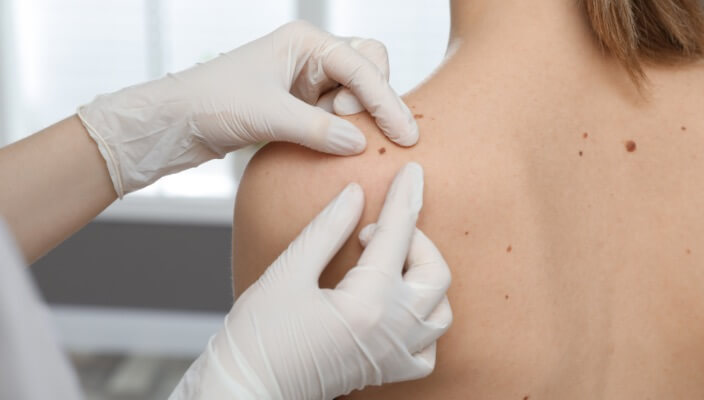
- General Dermatology
- Skin Exams
Preparing for your first dermatology appointment is important because it ensures everything goes as smoothly as possible and that your doctor is up-to-date on the status of your overall health and wellbeing. Here are our expert tips.
Read More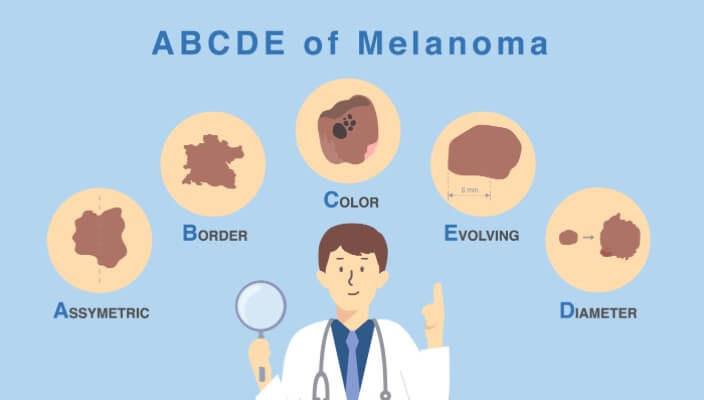
- Skin Cancer
- Skin Exams
Discover the ABCDEs of melanoma. Familiarize yourself with the five key indicators to aid in early detection and prompt medical attention for any suspicious moles or skin lesions.
Read More
- General Dermatology
- Cosmetic Treatments
Explore the myriad benefits of laser treatments. Learn how these advanced procedures can effectively address various skin concerns, from acne scars to unwanted hair, providing you with smoother, rejuvenated skin.
Read MoreFeatured Products
Check your local office for current stock!
Check your local office for current stock!


